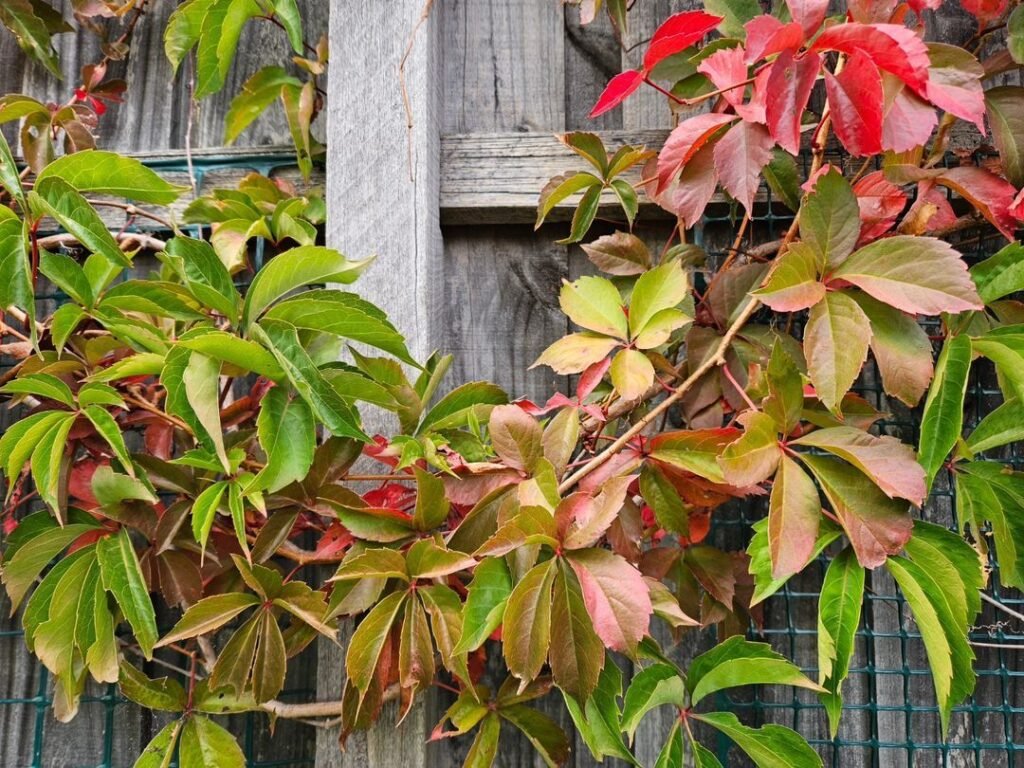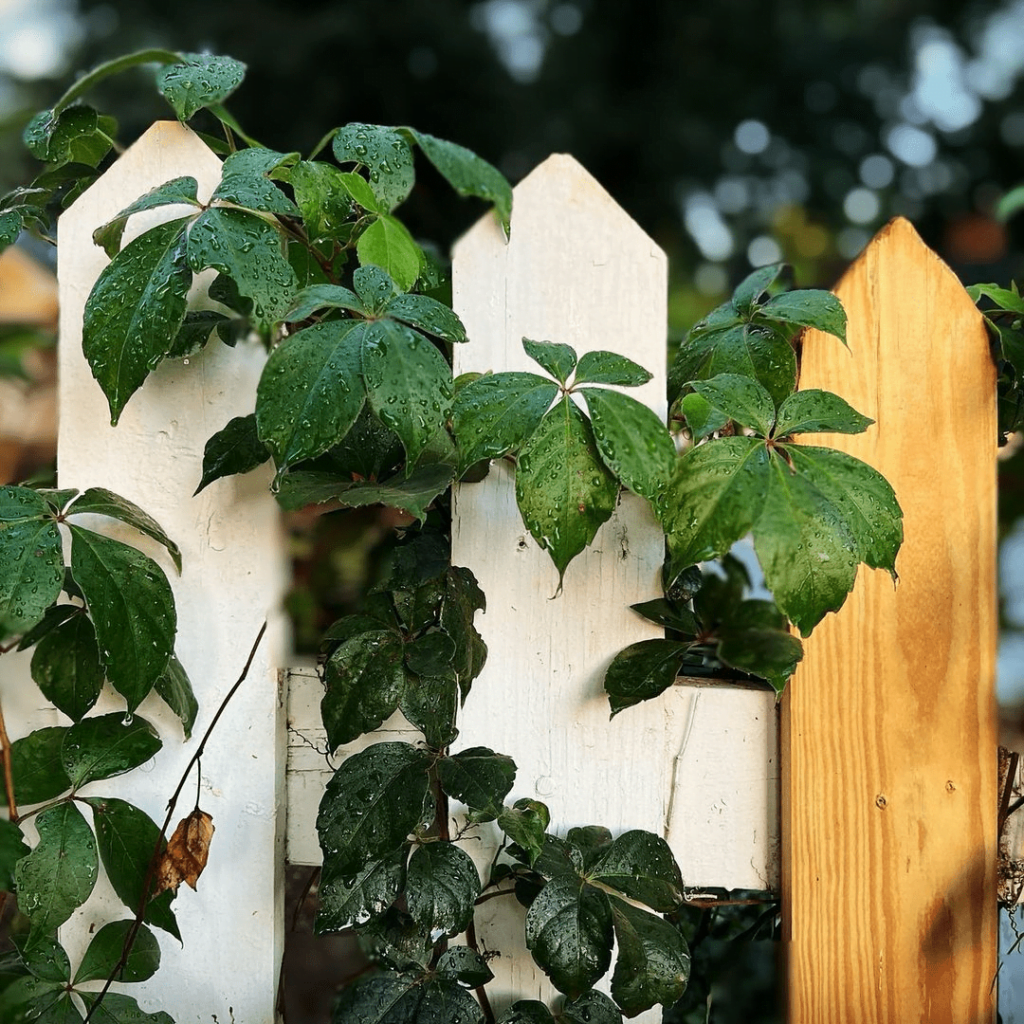Learn how to successfully grow and care for the versatile Virginia creeper vine. This comprehensive guide covers planting, watering, fertilizing, pruning, propagation, and troubleshooting tips for this hardy, low-maintenance plant that offers stunning fall color.
If you’re looking for a hardy, low-maintenance vine that can add vibrant color and interest to your outdoor spaces, the Virginia creeper might just be the perfect choice. Also known as Parthenocissus quinquefolia, this native North American plant is prized for its ability to quickly cover fences, trellises, and even buildings with its lush, green foliage that turns a stunning crimson red in the fall.
Despite its vigorous growth habit, the Virginia creeper is relatively easy to care for and can thrive in a wide range of conditions, making it a great option for both experienced and novice gardeners alike. In this comprehensive guide, we’ll cover everything you need to know to successfully grow and care for this versatile and beautiful vine.
Understanding the Virginia Creeper

Here’s a short information chart for Virginia Creeper:
| Attribute | Information |
|---|---|
| Botanical Name | Parthenocissus quinquefolia |
| Plant Type | Deciduous vine |
| Soil Type | Moist, well-drained soil |
| Color Varieties | Green foliage, turns red in fall |
| Zones | 3-9 (USDA Hardiness Zones) |
| Exposure | Full sun to part shade |
| Bloom Time | Summer |
| Height/Spread | Climbs up to 50 feet tall |
Before we dive into the care requirements, let’s take a moment to appreciate the unique characteristics of the Virginia creeper. As its name suggests, this plant is native to much of the eastern United States and can be found growing wild in forests, fields, and along roadsides.
The Virginia creeper is a deciduous, woody vine that can grow up to 50 feet long and is known for its ability to cling to surfaces using small, adhesive-like tendrils. Its leaves are compound, consisting of five leaflets arranged in a distinctive palmate pattern, which is where the “quinquefolia” part of its scientific name comes from (meaning “five leaves“).
In the spring and summer, the Virginia creeper’s foliage is a lush, green color that provides excellent coverage and shade. However, it’s in the fall that this vine truly shines, with its leaves turning a brilliant crimson red that can rival the most vibrant of fall foliage displays.
Planting and Growing Conditions

The Virginia creeper is a remarkably adaptable plant that can thrive in a variety of growing conditions, but there are a few key factors to consider when planting and establishing it in your garden or landscape.
Sun Exposure: While the Virginia creeper can tolerate partial shade, it tends to produce the most vibrant fall colors when grown in full sun. For the best results, choose a planting location that receives at least six hours of direct sunlight per day.
Soil: This vine isn’t overly picky when it comes to soil type, but it does prefer well-draining soils that are slightly on the acidic side (pH 6.0-6.5). If you have heavy clay or alkaline soils, consider amending them with compost or other organic matter to improve drainage and lower the pH.
Planting: Virginia creepers can be planted in the spring or fall, but spring is generally the preferred time in most regions. When planting, dig a hole that’s twice as wide and just as deep as the plant’s root ball. Backfill with the native soil, water thoroughly, and mulch around the base of the plant to help retain moisture and suppress weeds.
Support: While the Virginia creeper can be grown as a ground cover, it truly shines when given a structure to climb, such as a trellis, fence, or even a building wall. Provide support for the vine by installing a sturdy trellis or attaching sturdy wires or cables for it to cling to as it grows.
Watering and Fertilizing
Once established, the Virginia creeper is a relatively drought-tolerant plant that doesn’t require frequent watering. However, it’s still important to provide adequate moisture, especially during its first year or two of growth, to help it develop a strong root system.
Watering:

- Water newly planted Virginia creepers deeply once or twice a week, ensuring the soil stays consistently moist but not waterlogged.
- Once established, the vine can typically get by with just an inch or two of water per week during periods of dry weather.
- Avoid overhead watering, as this can promote fungal diseases and leaf spotting.
Fertilizing:

- Virginia creepers are generally light feeders and don’t require frequent fertilization.
- If desired, you can apply a balanced, slow-release fertilizer in early spring, following the product instructions for application rates.
- Alternatively, you can top-dress the soil around the plant with compost or well-rotted manure each year to provide a nutrient boost.
Pruning and Maintenance

While the Virginia creeper is relatively low-maintenance, it does benefit from occasional pruning to help manage its growth and maintain its desired shape and appearance.
Pruning:
- Prune the vine in late winter or early spring, before new growth begins.
- Remove any dead, damaged, or crossing branches using clean, sharp pruning shears.
- Thin out dense growth to improve air circulation and prevent the vine from becoming too tangled or heavy.
- If growing the Virginia creeper on a structure, carefully detach any wayward tendrils or stems that are growing where you don’t want them.
Maintenance:
- Keep the area around the base of the vine clear of weeds and debris, which can harbor pests and diseases.
- Mulch around the plant’s base to help retain moisture and suppress weed growth.
- If growing the vine on a building or structure, periodically check for any damage it may be causing and address any issues promptly.
Propagation and Transplanting

The Virginia creeper is a resilient plant that can be easily propagated and transplanted, making it a great choice for creating new plantings or moving established vines to a new location.
Propagation:
- Virginia creepers can be propagated from stem cuttings taken in late spring or early summer.
- Take 6-8 inch cuttings from new growth, making sure to include at least one leaf node.
- Remove the lower leaves and dip the cut end in rooting hormone powder (optional).
- Plant the cuttings in a well-draining potting mix and keep them consistently moist until roots form (usually within 4-6 weeks).
Transplanting:
- The best time to transplant Virginia creepers is in early spring, before new growth begins.
- Carefully dig up the plant, taking care to preserve as much of the root system as possible.
- Prepare the new planting location by amending the soil with compost or other organic matter.
- Replant the vine at the same depth it was originally growing, water thoroughly, and mulch around the base.
Common Issues and Pests

While the Virginia creeper is generally a hardy and resilient plant, there are a few common issues and pests to be aware of:
Leaf Spots and Blights:
- These fungal diseases can cause unsightly spots or discoloration on the leaves.
- Preventive measures include avoiding overhead watering, providing good air circulation, and removing any affected leaves or debris.
- In severe cases, a fungicide may be necessary.
Aphids and Spider Mites:
- These common pests can infest the Virginia creeper, feeding on the leaves and causing distortion or discoloration.
- Regularly inspect the plant and treat infestations promptly with insecticidal soap or neem oil.
Invasiveness:
- While not considered invasive in its native range, the Virginia creeper can be aggressive and potentially problematic in some regions.
- Monitor its growth and prune or remove any unwanted vines or seedlings to prevent it from spreading excessively.
By understanding the Virginia creeper’s needs and providing the proper care and attention, you can enjoy the beauty and versatility of this hardy, low-maintenance vine for years to come.
With its ability to quickly cover structures, provide shade and privacy, and put on a stunning fall display, the Virginia creeper is a true gem for any garden or landscape. Whether you’re looking to add vibrant color, create a natural privacy screen, or simply appreciate its rugged, carefree beauty, this native vine is sure to impress.